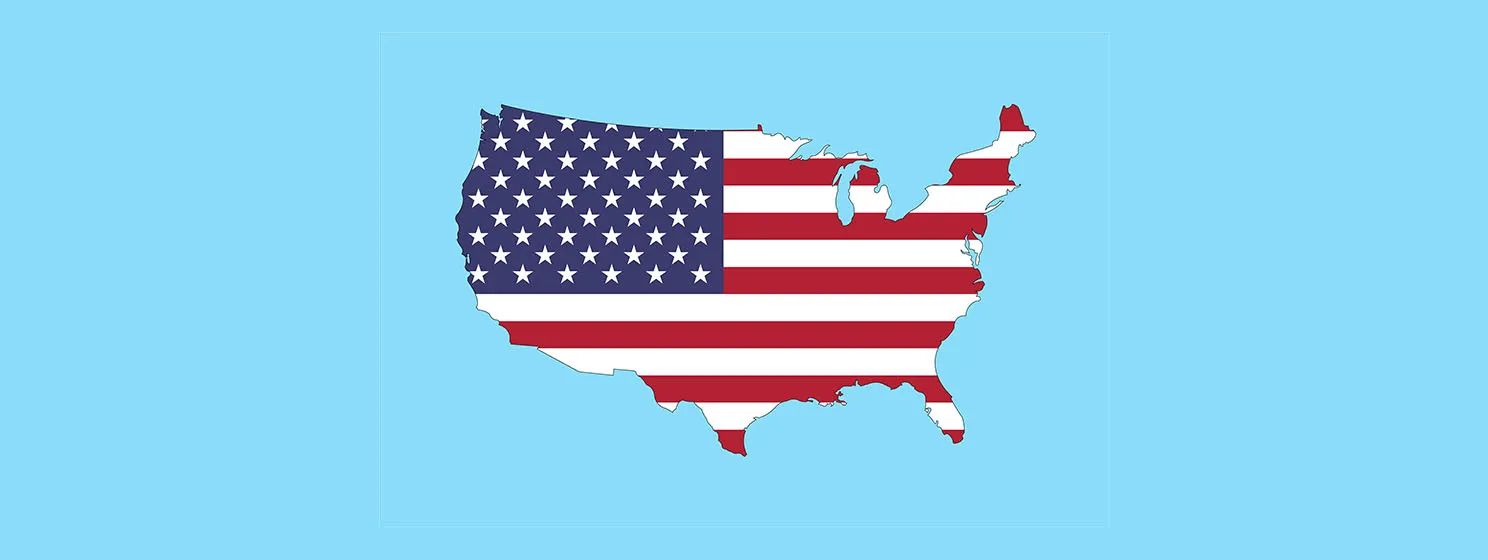|
Getting your Trinity Audio player ready...
|
This post originally appeared on ZeMing M. Gao’s website, and we republished with permission from the author. Read the full piece here.
Bills of lading are traditionally paper-based documents used in international trade and shipping to establish proof of the contract of carriage, receipt of goods, and ownership of the goods being transported.
While digitalization has transformed many aspects of the business world, bills of lading have remained predominantly paper-based. It is estimated that 25 billion paper documents are created globally each year to facilitate international container shipping (Electronic Trade Documents Bill [HL] 2022-23, UK Parliament).
But why? If you ask around, the most common answer is that it is a problem of the legacy system and practices. The explanation is typically the following:
“The shipping industry has a long history, and many of its processes and systems were established before the advent of digital technology. As a result, there is a strong reliance on established practices and legal frameworks that support the use of physical documents like bills of lading.”
That is of course true, but misses the most fundamental insight:
It is because bills of lading are a kind of documents that require a degree of ‘physicality‘ to bear inherent attestation and verification. It is not just the information (content) of a bill of lading that’s important, but also the authorization, authentication and administration (3A’s) of it.
Authorization ensures that it is legal, authentication ensures that it is real, and administration ensures that is not a duplicate.
The information itself is not the biggest hurdle, because it would be just a matter of data transmission, a problem that the current IT systems can readily provide competent solutions. But authenticity is an entirely important matter. Merely transmitting the information does not answer the question of authenticity.
Bills of lading are analogous to money, as represented in the form of a currency such as a paper bill or a coin.
The requirement of ‘physicality’ is inherently contradictory to present digital things that are characterized by ‘digitality’. Without inherent physicality, security and fraud prevention becomes prohibitively expensive.
Bills of lading are crucial for proving ownership and transferring title to goods during transportation. The physical nature of paper documents offers a level of security and helps prevent fraud or unauthorized alterations. Digital systems, while efficient, can be susceptible to hacking, data breaches, or tampering, raising concerns about the authenticity and integrity of electronic bills of lading.
The blockchain solves this.
However, while efforts are underway to digitize bills of lading, such as the use of blockchain technology and electronic platforms, such efforts tend to be myopic because they treat blockchain as one of the unlimited number of applications added onto the Internet, rather than a universal solution integrated with IPv6 at TCP/IP level.
The merger of digitality and physicality onto an authenticity layer of the New Internet is the ultimate solution for bills of lading, as well as many other things.
Along with adding physicality to digital bills of lading, the standardized universal blockchain solution will also help to solve the following problems:
- Legal and Regulatory Considerations: Bills of lading are legally binding documents and hold significant importance in international trade and shipping. The existing legal and regulatory frameworks are often designed around paper-based documents, making it challenging to adopt digital alternatives without significant legal changes and standardization across different countries.
- International Acceptance and Uniformity: The global nature of shipping and trade involves numerous stakeholders, including shipping companies, ports, customs authorities, banks, and insurers, who may operate with different technological capabilities and infrastructure. Achieving international acceptance and uniformity of digital bills of lading across all these entities would require substantial coordination and investment in technological upgrades.
- Cost and Infrastructure Challenges: Transitioning from paper-based bills of lading to digital alternatives would require significant investments in technology infrastructure, including reliable internet connectivity, data storage, and security measures. For some regions, especially those with limited resources or outdated infrastructure, the cost and logistical challenges of implementing digital systems could be prohibitive.
A scalable public global blockchain not only increases the level of automation, but more importantly provides uniform global solution that is less costly to create (create-once-and-use-by-everyone) and easier to adopt through a universal standard.
Watch The Bitcoin Masterclass #5: EDI Logistics and Tracing Goods

 07-02-2025
07-02-2025 





